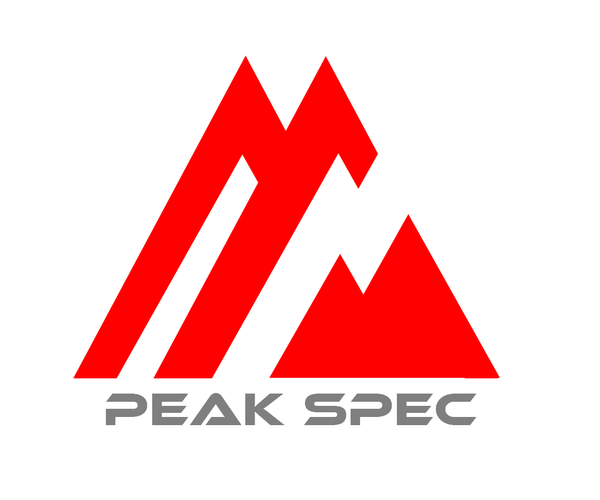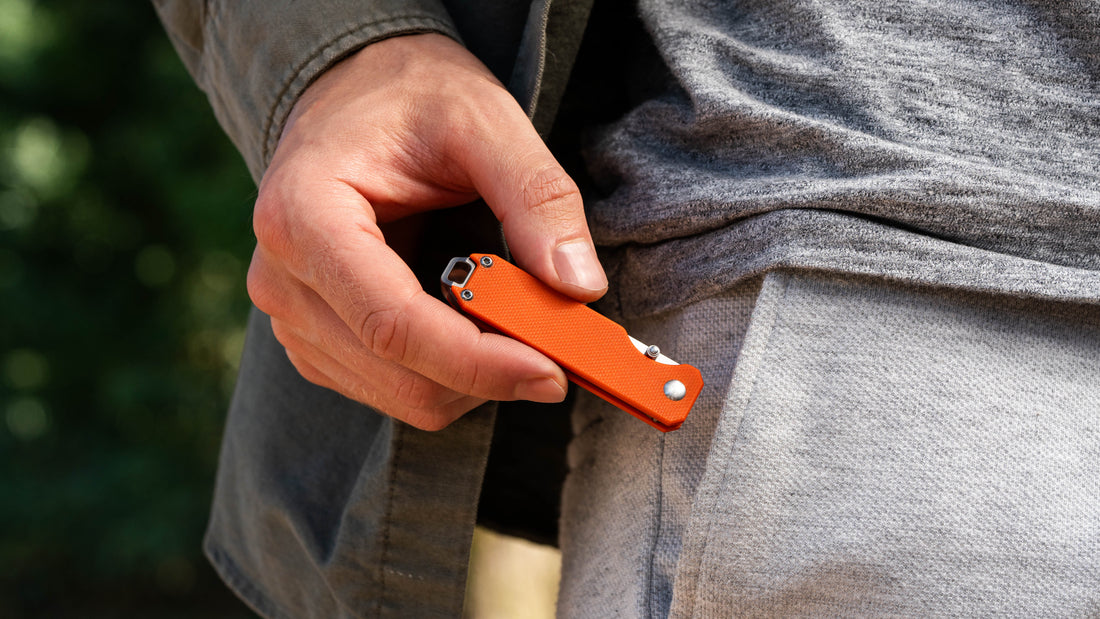Pocket knives are versatile tools that can serve various purposes, from everyday tasks to outdoor adventures. With so many options available, choosing the right pocket knife can be overwhelming. This guide will help you navigate the key factors to consider when selecting the best pocket knife for your needs.
1. Determine Your Primary Use
The first step in choosing a pocket knife is to identify what you'll primarily use it for. Different tasks require different types of blades and features. Here are some common uses:
- Everyday Carry (EDC): For general tasks like opening packages, cutting string, and small repairs, a simple, lightweight knife with a versatile blade is ideal.
- Outdoor Activities: For camping, hiking, and fishing, a more robust knife with a durable blade and additional tools (like a saw or bottle opener) may be necessary.
- Self-Defense: If personal safety is a concern, look for a knife designed for quick deployment and ease of use in high-stress situations.
- Work: Tradespeople might need specialized knives with features like wire cutters, pliers, or screwdrivers.
2. Choose the Right Blade Type
The blade type significantly impacts a knife's functionality. Here are some common blade types and their uses:
- Drop Point: A versatile, all-purpose blade with a strong tip, ideal for EDC and outdoor use.
- Clip Point: Features a sharper, more controllable tip, making it suitable for precision tasks and self-defense.
- Tanto: Known for its strong, angular point, this blade is excellent for piercing tough materials.
- Serrated: Best for cutting through fibrous materials like rope or fabric; often found on rescue knives.
- Straight Edge: Provides clean cuts and is easier to sharpen, making it ideal for everyday tasks.
3. Consider Blade Material
The material of the blade affects its sharpness, durability, and maintenance. Common blade materials include:
- Stainless Steel: Resistant to rust and corrosion, easy to maintain, and suitable for most tasks.
- Carbon Steel: Holds a sharper edge longer but requires more maintenance to prevent rust.
- High Carbon Stainless Steel: Combines the best of both worlds—sharpness and corrosion resistance.
- Tool Steel: Extremely hard and durable, ideal for heavy-duty use but can be more challenging to sharpen.
4. Evaluate the Locking Mechanism
A good locking mechanism ensures the blade stays securely in place during use, preventing accidental closures. Common locking mechanisms include:
- Liner Lock: A simple and reliable mechanism found in many EDC knives.
- Frame Lock: Similar to a liner lock but with a sturdier frame, offering enhanced durability.
- Back Lock: Located on the spine of the handle, providing a strong lock but requiring two hands to close.
- Button Lock: Operated by pressing a button, allowing for easy one-handed operation.
5. Handle Material and Ergonomics
The handle material affects the knife's weight, grip, and overall comfort. Common handle materials include:
- G-10: A fiberglass composite that is lightweight, durable, and provides excellent grip.
- Micarta: A composite material known for its durability and aesthetic appeal.
- Aluminum: Lightweight and strong, but can be slippery when wet.
- Wood: Offers a classic look and comfortable grip but requires more maintenance.
Ensure the handle fits comfortably in your hand and provides a secure grip. Ergonomic designs reduce hand fatigue during extended use.
6. Size and Weight
Consider the size and weight of the knife, especially if you plan to carry it daily. A knife that's too large or heavy can be cumbersome, while one that's too small may not handle more demanding tasks effectively. Look for a balance that suits your intended use.
7. Additional Features
Some pocket knives come with additional features that can be handy for specific tasks:
- Multi-Tools: Include tools like screwdrivers, bottle openers, and scissors, providing extra functionality.
- Assisted Opening: Allows for quick and easy one-handed blade deployment.
- Pocket Clip: Ensures easy and secure carry, keeping the knife accessible when needed.
Choosing the best pocket knife involves considering your primary use, blade type, material, locking mechanism, handle material, size, weight, and additional features. By understanding these factors, you can select a pocket knife that perfectly suits your needs and enhances your everyday carry or outdoor adventures. Visit Peak Spec to explore a wide range of high-quality pocket knives and EDC products tailored to your lifestyle.

